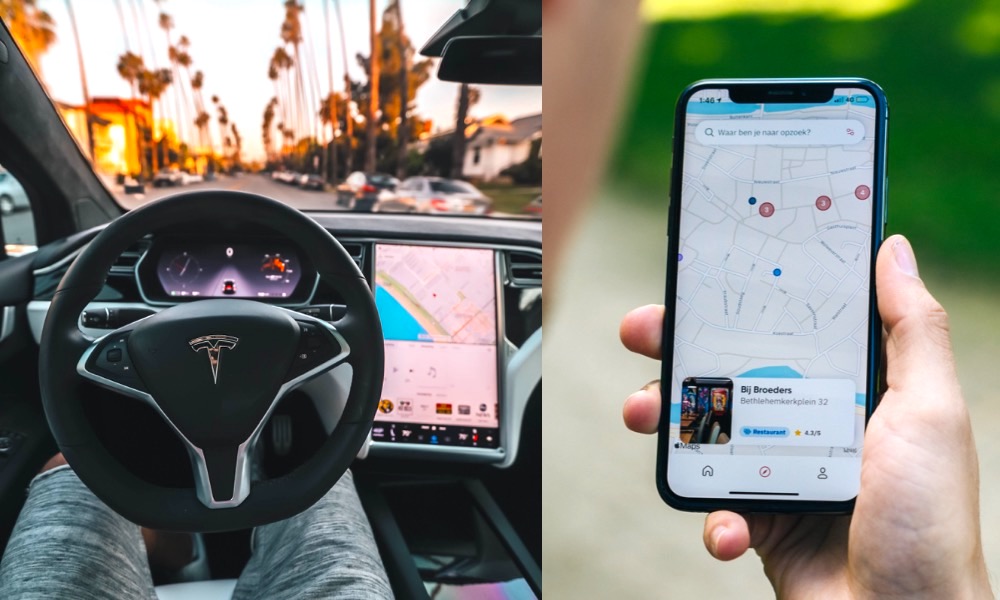New Battery Tech Helps Solve Lithium-Ion’s Biggest Problem: Degradation
 Credit: Roberto Nickson / CardMapr via Unsplash
Credit: Roberto Nickson / CardMapr via Unsplash
Toggle Dark Mode
Lithium-ion batteries power most of our electronic devices, but they have a significant flaw. These batteries begin to lose their ability to charge fully after a year and continue to decline as time goes on. This degradation limits the lifespan of phones, tablets, and even laptops that need to be tied to a power charger after just a few years.
But, thanks to a team of researchers from Japan, that seemingly quick loss of capacity may be a thing of the past.
According to EurekaAlert via PCMag, a team of scientists from Japan Advanced Institute of Science and Technology (JAIST) have discovered a new material that helps a battery hold its capacity for five years and possibly longer, claims head researcher Professor Noriyoshi Matsumi.
The material, bis-imino-acenaphthenequinone-paraphenylene (BP) copolymer, is a binder used on a lithium-ion battery’s negative terminal.
Current batteries use poly(vinylidene fluoride) (PVDF) as a binder, but it degrades after 500 charging cycles, losing 35 percent of its charging capacity in this short amount of time.
The newly discovered BP copolymer can maintain up to 95 percent of its original capacity after 1,700 charging cycles. For consumers, this technology would extend the lifespan of their electronics by years and prevent costly battery replacement programs.
“The realization of durable batteries will help in the development of more reliable products for long-term use. This will encourage consumers to purchase more expensive battery-based assets like electric vehicles, which will be used for many years,” said Matsumi.






